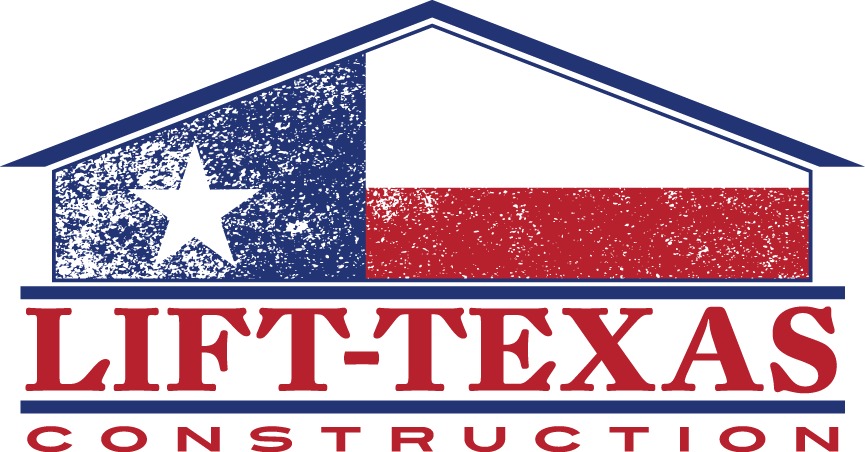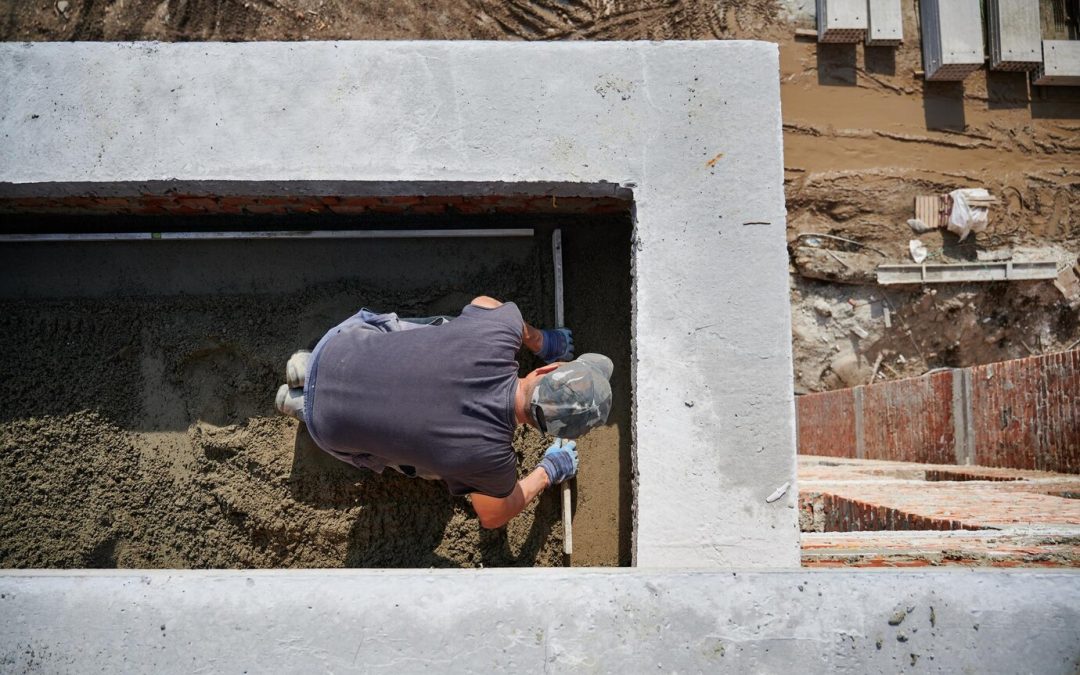Your home’s foundation is one of its most crucial components. It supports the entire structure, ensuring stability and safety. However, like any part of your home, the foundation can develop issues over time. Recognizing early signs of foundation damage can prevent minor issues from becoming major, costly repairs.
Many homeowners may not be aware of the subtle signs of foundation problems. These signs can appear both inside and outside your home, affecting everything from the walls and floors to the exterior landscape. By paying attention to these indicators, you can catch problems early and take action to protect your home.
In this article, we’ll explore how to tell if your foundation needs repair. We’ll cover the visible signs of damage you can spot around your home, symptoms that might appear indoors, and indicators you may notice outside. Understanding these signs will help you make informed decisions about maintaining your home’s structural integrity.
Visible Signs of Foundation Damage
One of the easiest ways to determine if your foundation needs repair is by inspecting the visible parts of your home. Cracks in the foundation are a significant red flag. These cracks can appear on the outside walls, especially near the corners or junctions. Horizontal cracks are particularly concerning as they often indicate severe pressure on the foundation. Vertical cracks might be less serious but still warrant attention.
Another visible sign to watch for is uneven or sloping floors. Walk around your home and see if you feel any areas that seem to dip or slope. A simple way to check for level floors is by placing a ball on the floor and seeing if it rolls in one direction. This can indicate that your foundation is shifting or settling unevenly. Additionally, keep an eye out for gaps around doors and windows. When a foundation settles, it can cause frames to misalign, making it difficult to open and close doors or windows properly.
Symptoms Inside Your Home
Foundation issues often make themselves known through various symptoms inside your home. One common indicator is the appearance of cracks in the walls or ceilings. These cracks often radiate out from the corners of doors and windows or run along the seams of the drywall. While minor settling cracks are normal, larger and widening cracks are cause for concern.
Another symptom is sticking doors or windows. If you notice that doors are becoming harder to open or close, or if windows are sticking, it might not be the door or window’s fault. These symptoms are often a sign that the foundation has shifted, causing the frames to become misaligned. Additionally, pay attention to your floors. If your hardwood or tile floors start to buckle or separate, this could be a symptom of a shifting foundation. Similarly, carpets may start to ripple or bunch up in areas where the floor is no longer level.
By recognizing these interior symptoms early, you can take steps to address the underlying foundation issues before they become more severe.
Ground and Exterior Indicators
Taking a closer look at the ground and exterior of your home can also reveal signs of foundation damage. If you notice that your home appears to be sinking or settling unevenly, it could indicate that the foundation is shifting. This uneven settling can cause cracks in exterior walls, often resembling stair steps, which can gradually widen over time.
Look out for gaps around windows and doors on the exterior of your home. Such gaps might suggest that the foundation has moved, causing the frame to shift and making it harder for the doors and windows to close properly. You might also observe that exterior walls are pulling away from the structure. Even small separations can be tell-tale signs of a compromised foundation.
Additionally, check your chimney. A tilted or leaning chimney suggests that the foundation underneath might be failing. The soil around your home can also provide hints. If the ground around your foundation appears to be eroding, or if you see pooling water, it can stress the foundation and exacerbate existing problems.
Next Steps: What to Do If You Notice Problems
If you observe any signs of foundation damage, it’s crucial to take action quickly to prevent further deterioration. First, document all the signs you’ve noticed, both inside and outside your home. Take pictures of cracks, gaps, and any other indicators to help foundation experts assess the situation accurately.
Next, contact a professional foundation repair service for a thorough inspection. They can confirm whether the symptoms you’ve observed are related to foundation issues and recommend appropriate repairs. Don’t attempt to fix significant foundation problems yourself, as improper repairs can lead to more extensive damage and potentially higher costs in the long run.
Once a professional assesses the damage, discuss the available repair options. This could include methods such as underpinning, mudjacking, or installing new piers. Follow the recommended repair plan carefully to ensure the safety and stability of your home.
Conclusion
Foundation issues can severely affect the safety and value of your home, but early detection and prompt action can mitigate these risks. Recognizing the warning signs, both inside and outside your home, is the first step toward maintaining a solid foundation. Taking swift action to address observed problems can save you from more costly repairs down the line.
If you’ve noticed any signs of foundation damage or simply want peace of mind, it’s best to consult professionals. At Lift-Texas Construction, we specialize in diagnosing and repairing foundation problems to keep your home safe and secure. Reach out to us today for Arlington foundation repair.

